Finches
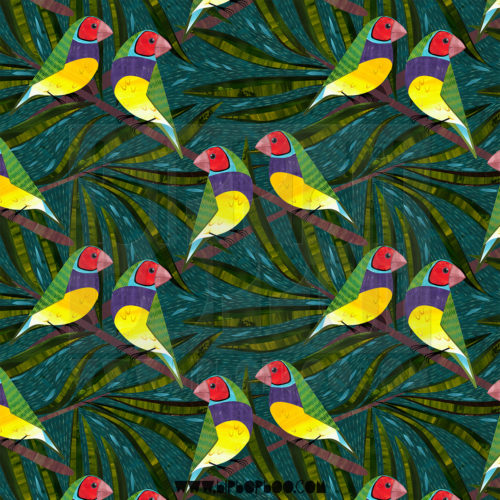
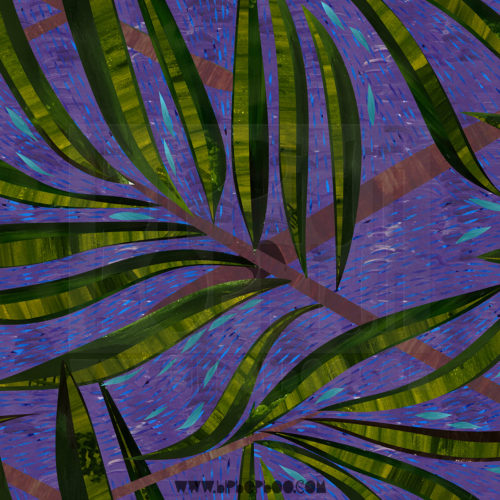
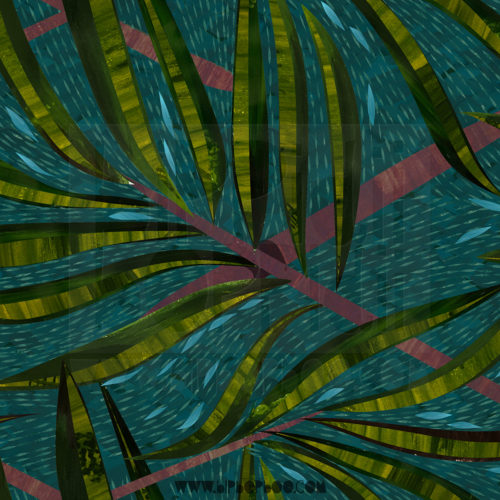
Splash!
Gouldian Finches
A splash of colour against the Australian bush, it is a rare treat to see a Gouldian Finch out and about. Their numbers in the wild have dwindled to around 2500 though they are very popular as pets. I designed this fabric in early 2019, at the end of the second driest wet season on record. Because it was so dry, gouldian finches moved into parks on the edge of Darwin and when this design hit the shelves I heard many delighted reports of sightings of the tiny colourful birds.
This design is also featured in the rainbow birds
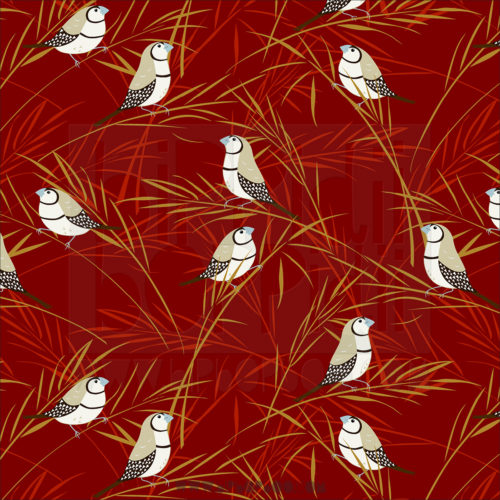

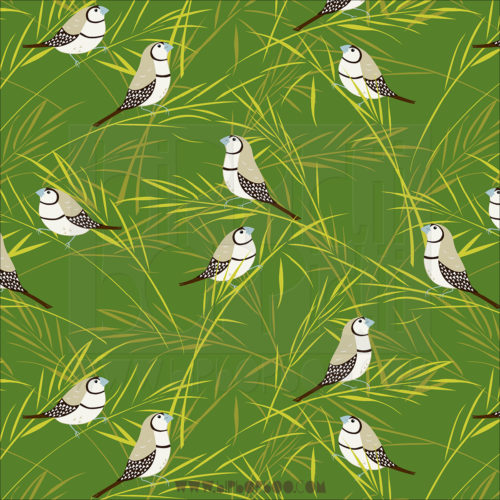
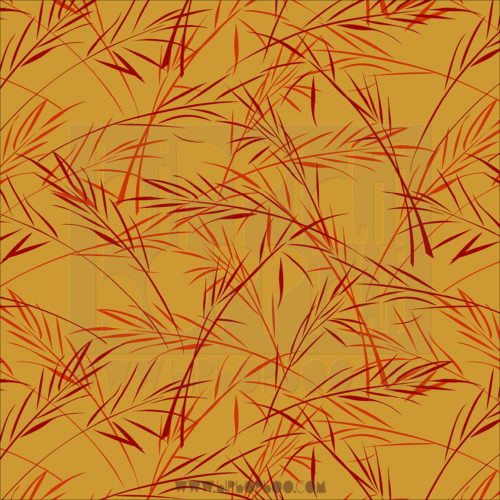
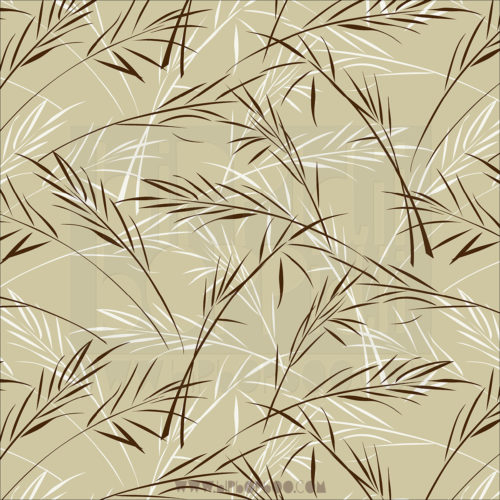

Sway
double barred finches
These tiny long-tailed grass-finches are a common sight across the Top End and a regular visitor to many back yards. They travel in flocks of up to 40 birds, feeding mostly on seeds from the ground. The flocks flying in a ‘bouncing’ motion and never travel far from water.
Double barred finches prefer dry grassy woodlands and open scrublands and forests, so our 20 acre block is prime real estate. We love to bob around in our swimming pool and watch the double barred finches flit from bamboo to tree and back again, waiting for us to get out so they can safely drink the water that has slopped over the side.
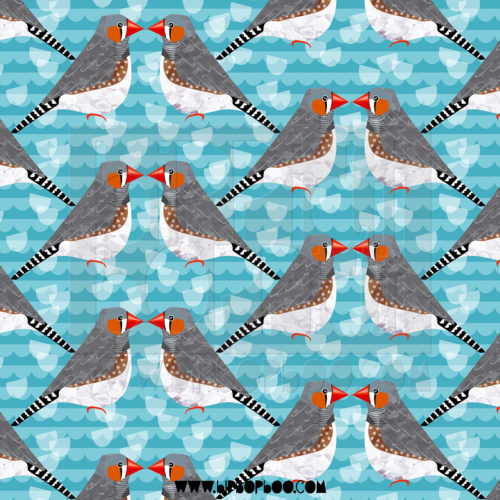
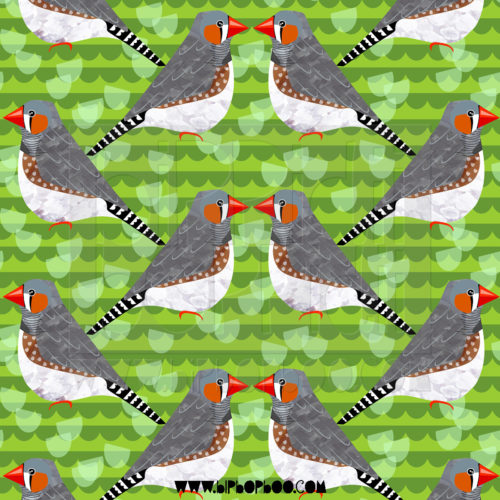
Beak2Beak
zebra finch
Zebra finches are widespread across much of the Australian mainland but prefer hotter climates and so are known best as desert dwellers. When we lived on the Anangu Pitjatjantjara Yankunytjatjara Lands in Central Australia, flocks of them kept us entertained with their constant flitters between the tree across the road and the trees in our front yard. They flock in groups of up to 100 birds but pair for life, with the female choosing the nesting site and then building the nest from materials supplied by the male bird. They share caring for the eggs and the young birds, adding insects to their almost-all seed diet while raising chicks.
This design is also featured in desert birds.
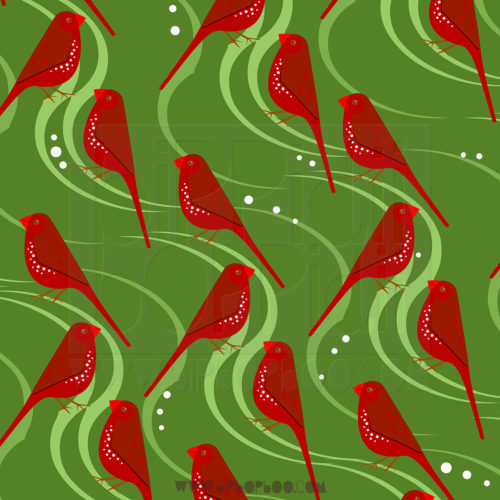
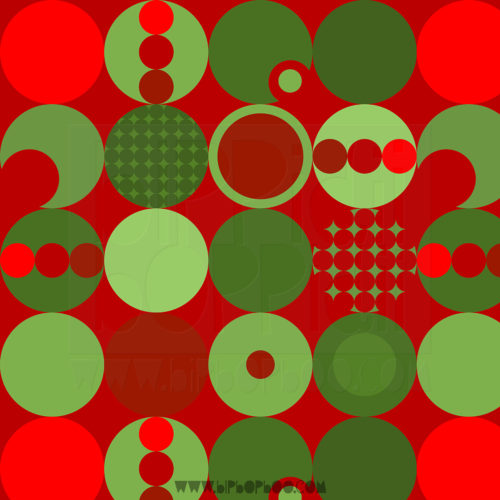

Finchspotting
crimson finch
As with many bird species, it is the male crimson finch who gets to wear the exciting colours, in this case a glossy deep red, while the females get little more than a blush. Crimson Finches prefer wetlands so tend to favour woodlands interspersed with pandanus with a tall dense understory of grass. Our 20 acre block is a ‘dry block’ so we see less of these locals than the double barred finches. However, there is a boggy patch out the back so they sometimes come to visit and love to play with running water. One hot dry season day I left the hose running on the lawn for the finches and watched them from a nearby window. The bird politics were interesting to watch as a small group of crimson finches pushed in, displacing the double barred finches. One crimson finch then asserted his right to the water over the other crimson finches. I decided to turn the hose off and top up the lily pond instead, so that there would be room for all!
